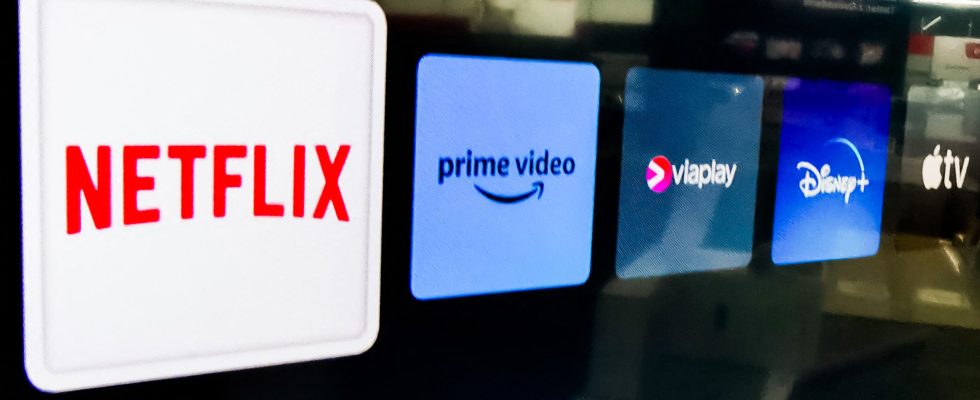And if we still had to wait to enjoy the new season of The Last of Us or of The Mandalorian ? These series, whose filming has not yet started, could like many others be threatened by the scriptwriters’ strike. In discussions for a few weeks, it is becoming more and more likely.
The powerful Writers Guild of America (WGA) union, the voice of some 11,000 American screenwriters, has promised a halt to all stories if an agreement is not reached by May 1 at midnight. Problem: talks with the Alliance of Motion Picture and Television Producers (AMPTP), which represents the main studios and platforms (including Paramount, Disney or Netflix), have stalled. The AMPTP refuses to grant the WGA the requested salary increase.
If the strike is called, it could disrupt the launch of all the series, films and shows planned for this year. Last-minute rewrites would be prevented, such as the production of new stories. The strike would also jeopardize the progress of the “late-night shows”, these American programs combining humor and interviews. The last writers’ strike dates back to 2007. The conflict lasted 100 days and cost the sector two billion dollars, interrupting successful series such as Desperate Housewives, Dr House or How I Met Your Mother.
The platforms in the viewfinder
Every three years, the WGA renegotiates with the studios the remuneration and the hiring conditions of the screenwriters. As the previous agreement comes to an end on May 1, she hopes to win her main claim: higher wages.
Currently, half of screenwriters are paid the minimum union against a third in 2014, denounces the WGA. “Business is booming and studios are collecting almost $30 billion in annual profits, but writers’ salaries have gone down,” explained to the Guardian Laura Blum-Smith, manager at WGA. “The studios deeply undervalue writers and threaten the survival of this profession.” And for good reason: the arrival of streaming has profoundly redistributed the cards. The screenwriters are now working on series of around ten episodes, unlike in the early 2000s, when the length of the shows ensured more work.
Copyrights have also become obsolete. Until now, screenwriters received “residual rights” for the reuse of their works, such as the sale of a DVD or a rebroadcast on television. But on the platforms, series and films can remain visible months after their writing. Their creators, however, continue to receive the same fixed amount each year, even in the event of global success such as for Stranger Things Or The Bridgerton Chronicle. The WGA is now calling for the revaluation of these amounts “far too low in view of the massive international reuse” of these programs.
The studios say that “residual rights” paid to artists reached an all-time high of $494 million in 2021, up from $333 million ten years earlier. In general, the platforms highlight the need to reduce their costs. After being spendthrift in recent years as they sought to grow their subscriber base, they are now under heavy pressure from investors to make a profit. “Do you think Disney would lay off 7,000 people for fun?” a source close to AMPTP told AFP. According to her, “there is only one platform that is profitable at the moment, and that is Netflix”.
